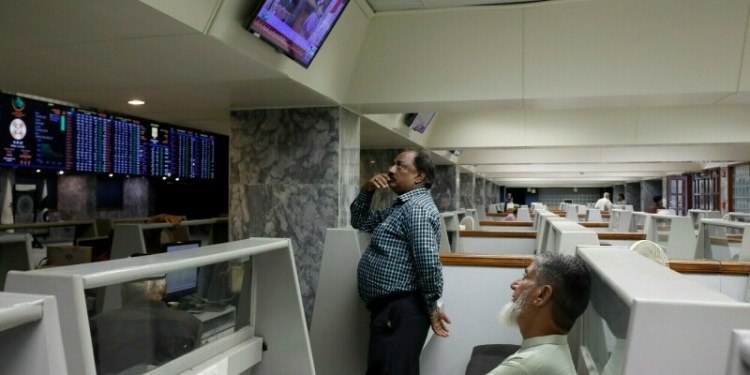By Henning Gloystein
SINGAPORE (Reuters) – Oil prices dropped for a third session on Tuesday, as weakening demand for gasoline and persistent doubts on whether crude producers will be able to reach an agreement to rein in a worldwide supply glut dragged on the market.
Growth in gasoline use has been one of the strongest pillars supporting demand across the fuel complex in both North America and Asia and has been largely credited for providing a floor under falling crude prices, which have slumped as much as 70 percent since mid-2014 due to the global oil surplus.
Tuesday’s declines follow data showing U.S. gasoline demand during January fell for the first time in 14 months, while overall U.S. oil demand fell 1 percent that month from a year ago.
Front month U.S. West Texas Intermediate (WTI) crude was trading at $ 35.48 per barrel at 0629 GMT, down 22 cents from their last settlement. International Brent futures were down 19 cents at $ 37.50 a barrel.
“Crude prices and timespreads have weakened in recent days in line with softer fundamentals,” consultancy Energy Aspects said. “Although Q2 is always a slow period for crude demand amidst peak refinery works, it seems like Asia may have somewhat overdone the crude buying and is therefore pausing for breath.”
In Asia, traders have stored excess gasoline on tankers as onshore storage facilities in Singapore and Malaysia are filled to the rims.
Analysts said crude prices could fall again soon as an emerging gasoline glut potentially adds to a global overhang in crude output that sees more than 1 million barrels of oil produced in excess of demand every day.
“Global oil balances will witness sizeable implied inventory builds in H1’16, suggesting that the price of oil can easily revisit the lows seen earlier this year,” French bank BNP Paribas said.
To address the crude overhang, major producers like Saudi Arabia and Russia have proposed a freeze in output at January levels, when both pumped at or near record levels.
The Organization of the Petroleum Exporting Countries and other big producers are set to meet in Doha, Qatar in two weeks to discuss the plan. But prospects for a deal look dim, with the Saudis declining to participate without Iran, and Russia reporting its highest output in 30 years just weeks before the meeting.
“Only a feeble mind sees a freeze in production as good news. It is the worst news as it guarantees over-production and rising inventories,” consultancy FGE said. Crude prices could see a downward correction to between $ 25 and $ 35 per barrel in the second quarter, it added.
(Reporting by Henning Gloystein; Editing by Himani Sarkar)



























